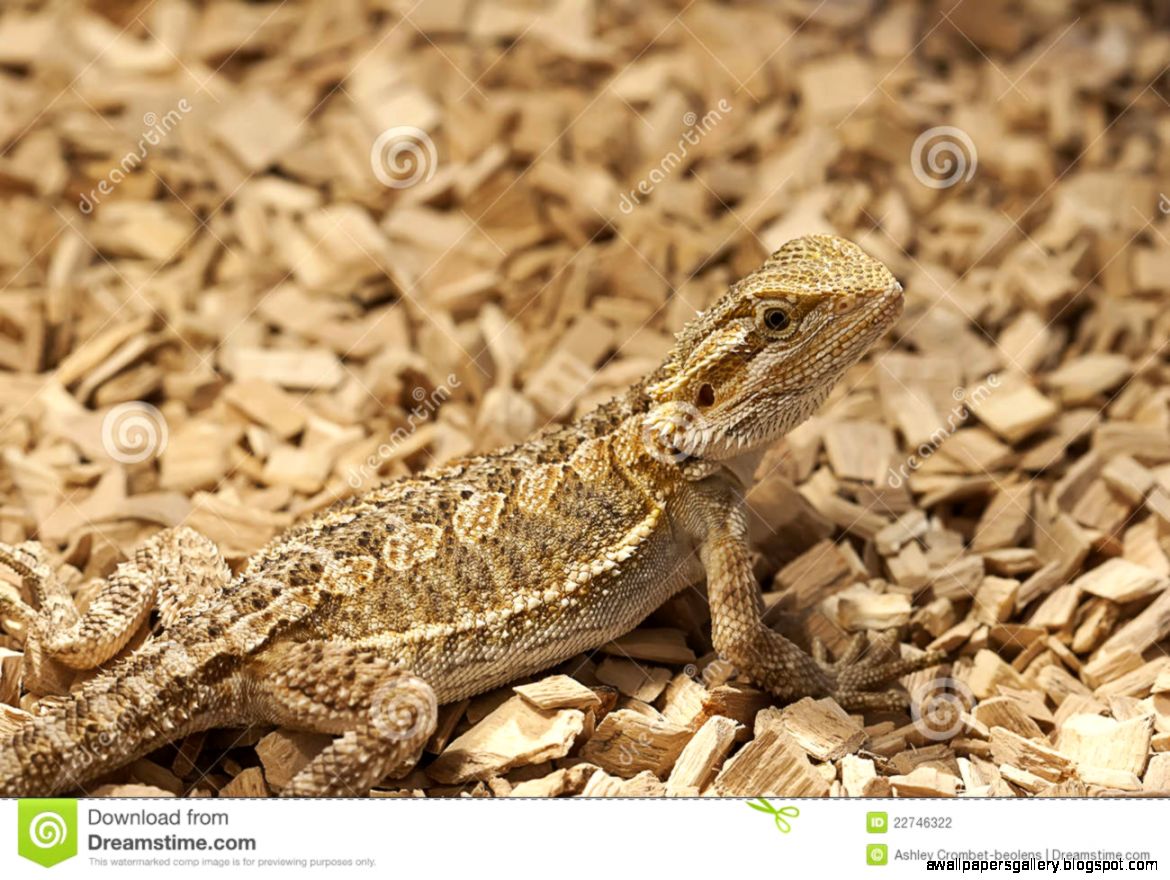Juvenile Bearded Dragon: Everything You Need to Know
Juvenile Bearded Dragon: Everything You Need to Know
Bearded dragons are fascinating creatures. They are popular pets thanks to their gentle nature and ease of care. However, if you’re new to bearded dragons, it can be overwhelming to learn about the different stages of their life cycle, which include the juvenile stage. In this article, we’ll focus on juvenile bearded dragons, covering everything you need to know to care for your little dragon.
What is a Juvenile Bearded Dragon?
A juvenile bearded dragon is a bearded dragon that is between the ages of 2 and 5 months old. During this stage of their life, juvenile bearded dragons are still growing and developing. As they continue to grow, they will shed their skin and their color will become more vibrant. By the time a bearded dragon reaches adulthood, they can live for up to 15 years.
Habitat
The habitat for a juvenile bearded dragon should be specific to their age and size. A tank that is at least 20 gallons is recommended for a single juvenile bearded dragon. It’s important to note that bearded dragons are cold-blooded, so they need a heat source to maintain their body temperature. The temperature in the tank should range between 90°F and 105°F during the day, with a drop to 75°F at night. A basking area should be provided, which can be achieved with a heat lamp or ceramic heater. A UVB light is also recommended, as it helps with digestion and calcium absorption.

Feeding
Juvenile bearded dragons have a voracious appetite and will eat anything they can fit in their mouth. Their diet should consist primarily of insects, such as crickets, dubia roaches, and mealworms. It’s important to dust the insects with calcium and vitamin supplements to ensure that the bearded dragon is getting the necessary nutrients. Vegetables can also be offered, such as kale, mustard greens, and collard greens. However, vegetables should only make up a small portion of their diet. Juvenile bearded dragons should be fed twice a day, with as much food as they can eat in a 10-15 minute period.

Handling
Juvenile bearded dragons are quite sociable and can be easily handled. However, they can be skittish at first, so it’s important to start handling them early on to get them used to being picked up. Be sure to support their entire body when handling them, as their tails are delicate and can easily break off.
Health
Juvenile bearded dragons are generally healthy, but there are a few things to watch out for. A healthy bearded dragon should be alert and active, with clear eyes and smooth skin. Signs of illness include lethargy, loss of appetite, and a lack of bowel movements. If you notice any of these signs, it’s important to take your bearded dragon to a veterinarian who specializes in reptiles.

Conclusion
A juvenile bearded dragon can be a rewarding pet to own. They are easy to care for and enjoyable to watch as they grow and develop. By following the tips outlined in this article, you’ll be well on your way to providing a comfortable and healthy environment for your little dragon.
